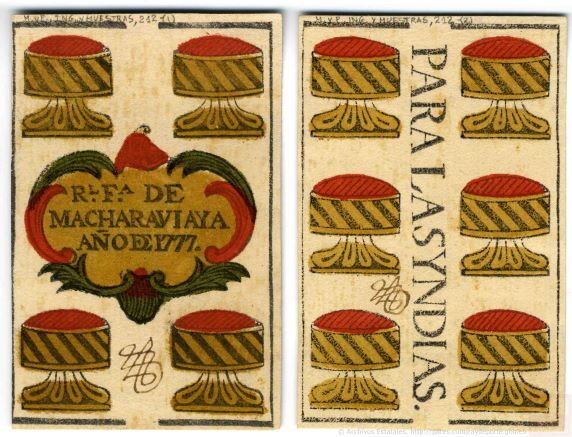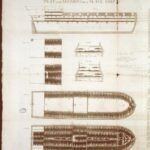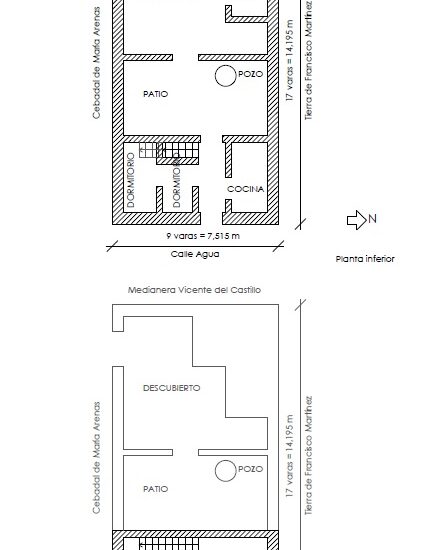
During the Modern Age, the slave trade was commonplace. The Spanish were the first Europeans to use African slaves in the New World on islands such as Cuba, Puerto Rico and Hispaniola. The first African slaves would arrive on Hispaniola in 1501. Likewise, the increased Portuguese presence in the Americas also created a strong demand for slave labour in Brazil, mainly for harvesting and mining, and so slave labour economies quickly expanded to the Caribbean and the southern part of what is now the United States, where Dutch traders brought the first African slaves in 1619. As European nations grew more powerful, especially Portugal, Spain, France, Britain and Holland, they began to fight for control of the African slave trade, although soon the British Crown’s naval control of the Atlantic forced other major countries to abandon their ventures. Thus, the Royal African Company held a monopoly over the African slave trade routes until 1712. The Atlantic slave trade reached its peak towards the end of the 18th century, when more slaves were captured in expeditions in the West African interior. These expeditions were usually conducted by African kingdoms against weaker local tribes, so Europeans rarely penetrated the African interior for fear of tropical diseases or African resistance.
Collection: Images
Project: 9. Travels and travelers: economic, social and cultural connections.
Chronology: XVI, XVII, XVIII
Scope: Baccalaureate, University
Link: http://pares.mcu.es/ParesBusquedas20/catalogo/show/20320?nm
Resource type: Image
Format: Map
Source: Archivo General de Indias. Mapas, planos, documentos iconográficos y documentos especiales. Ingenios y muestras.
Language: Spanish
Date: 1789
Owner: María del Mar Felices de la Fuente (Modernalia)
Identifier: MP-INGENIOS,66
Copyright: MECD. Archivos Estatales (España)
Abstract: The image depicts the plan and section of a ship engaged in the black slave trade. The document is written in English and published in London.
Image
Tags






